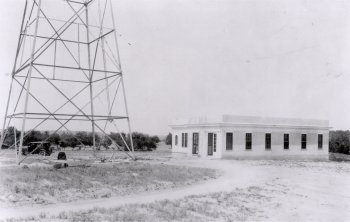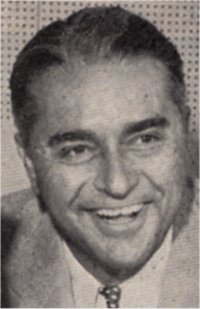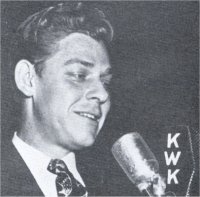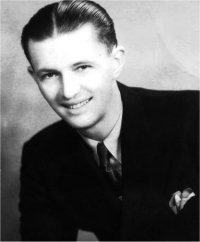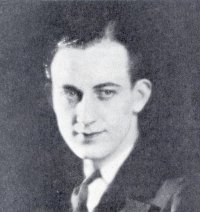Radio Articles
From St. Louis Singer To Children’s Book Author
In the days when there were creative, talented people in the radio business, there were plenty of “characters” who gravitated to broadcasting. Kitty Fink, as she was known to her listeners, fit that description, even after she got out of the broadcast business.
The daughter of a St. Louis jeweler, she graduated from Soldan High School in 1927 and was a child prodigy of sorts. She had played piano with the St. Louis Symphony when she was 16.
During her college years at Washington University she is reported to have made her St. Louis radio debut, singing in a symphony broadcast on KWK. But Kitty apparently wanted more.
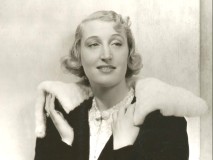
The national publication Radio Stars reported that she snagged a year-long singing contract on KMOX, but her unorthodox method of applying for the job provided insight into her future behavior. According to the article, “She didn’t apply for an audition the regular way, approaching humbly, the way any girl who wanted to get started in a new field would. She just walked up to the secretary of George Junkin, director of the station, and said in her haughtiest manner, ‘You’d better tell Mr. Junkin Miss Thompson is here, and I haven’t much time to give him.’
“Mr. Junkin, amazed, consented to see her. She was ushered in. ‘Oh, hello George Junkin,’ she said brightly.
“Flabbergasted, Mr. Junkin stared at her. ‘Heaven knows who she is,’ he thought. ‘She must have slipped my memory. She seems to know who I am.’ The she explained what she wanted.
“’So you think you can sing,’ Mr. Junkin said weakly.
“’I know I can sing.’” It was this spunk that would bring her much success and also get her into trouble. When Junkin hired her for $25 a week, she told him it wasn’t enough.
“’Keep still or I’ll make it $20,’ he countered.
“’Go ahead,’ said Miss Thompson, as sassy and fresh as they come. ‘I’ll be making more than you will some day.’”
A year later Kitty Fink was fired because she showed up late for a sponsored broadcast. Radio Stars reported, “At a party, 40 miles from the station KMOX in St. Louis, she was having the time of her young life when her escort, Jimmie, tapped her on the arm and reminded her that she was supposed to be on the air in 10 minutes.”
Kay later related “We made 40 miles in 30 minutes doing 80 miles an hour. Sure we got there late, but the broadcast was still on.”
But she’d forgotten her sheet music, so she wrote a note to orchestra leader Michael Charles: “Play ‘Some of These Days’ in G minor.” The band faked its way though, but her performance was, at best, sub par, and the sponsor, who had been listening, demanded that she be fired. Later, she recalled “I was young and foolish. I felt the sponsors were thick as fish. We just went back to the party and had a swell time.”
Movie and television director Sam Irvin is compiling a biography of Kitty/Kay. He says she went to the West Coast in the summer of 1933, but soon returned to St. Louis, taking a job as a singer with Al Lyons’ band, which was often heard in live radio broadcasts from the Coronado Hotel. Within months she received a telegram offering her a job as a staff singer at KHJ, the CBS station in Los Angeles. Less than a year after that she was singing on the Bing Crosby Woodbury Soap show.
But the story doesn’t end there. After numerous network appearances with the bands of Fred Waring and Andre Kostelanetz and a job as a regular cast member on “Your Hit Parade,” Kitty, now known as Kay Thompson, began several new, highly successful careers. She appeared in movies, hosted her own nightclub act, and is also cherished by generations of young female readers of the Eloise book series, which Kay Thompson authored.
(Reprinted with permission of the St. Louis Journalism Review. Originally published 08/07)
